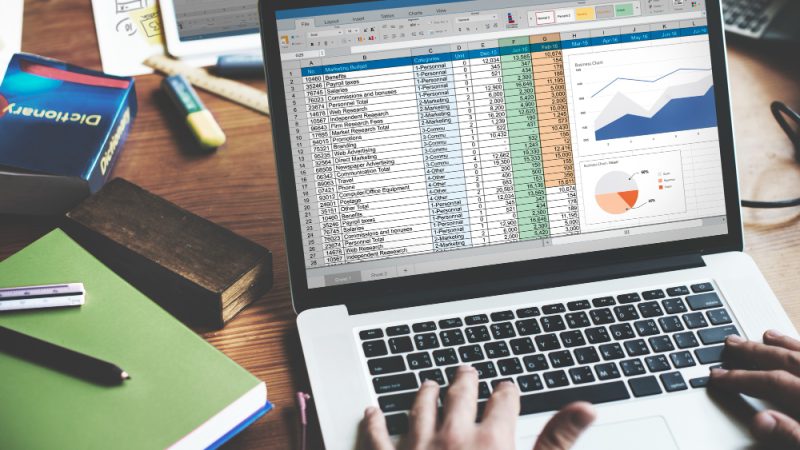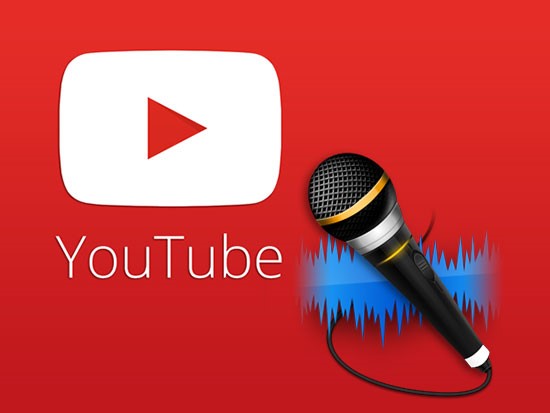10 Tips For Becoming an Excel Expert
Excel is one of the most important software programs for anyone who is looking to improve their business. It is a powerful tool for creating and managing spreadsheets.
With Excel, you can track expenses, create budgets, and manage your business finances. You can also use Excel to organize data and create charts and graphs.
In short, Excel gives you the power to manage and analyze your data.
If you want to become an Excel expert, then here are 10 tips to help you get started:
1. Learn the basics
Before you can start using Excel to its full potential, you need to learn the basics. This includes learning how to create and format spreadsheets, as well as how to enter data into cells. You can find plenty of resources online and in books to help you learn the basics.
Excel is quite complex and mastering it may take some time, but if you lay a good foundation, everything else will be easier.
Make sure to learn basic functions first , such as SUM, AVERAGE, COUNT, and MAX. You’ll use these functions often and they will make your life much easier.
2. Start using keyboard shortcuts
One of the best ways to become more efficient in Excel is to start using keyboard shortcuts. By using shortcuts, you can save yourself a lot of time and effort.
Shortcuts are key combinations that you can use to perform actions in Excel. There are many shortcuts out there, and we’d like to highlight just some of them to help you understand what are the possibilities.
Ctrl+N – to create a new spreadsheet
Ctrl+S – to save your work
Ctrl+Z – to undo an action
Ctrl+F – to find text in a spreadsheet
Ctrl+C – to copy text or cells
Ctrl+V – to paste text or cells
Ctrl + 5 – Strikethrough Text
Alt + = – Autosum
Ctrl + 9 – Hide a row/column
Ctrl + Shift + L – Apply/Remove Filter
Ctrl + PageDown – to move to the next sheet
Ctrl + PageUp – to move to the previous sheet
Alt + W – to go to View tab
Alt + M – to go to the Formula tab
Shortcuts may seem like a lot to remember at first, but with time they will become second nature.
3. Learn how to use formulas
Formulas are one of the most powerful features in Excel. With formulas, you can perform calculations on your data.
For example, you can use the SUM formula to add up a column of numbers. Or, you can use the AVERAGE formula to calculate the average of a range of cells.
You can also use formulas to create dynamic charts and graphs.
Formulas are relatively easy to learn and they will make working with data much easier. Of course there are some really complex formulas out there, but you don’t need to learn them all at once. Start with the basics and then move on to more complex formulas as you need them.
4. Use conditional formatting
Conditional formatting is a feature that allows you to format cells based on certain conditions.
For example, you can use conditional formatting to highlight all the cells in a range that are greater than 100. Or, you can use it to highlight all the cells that contain errors.
Conditional formatting is a great way to make your data more understandable and easier to work with.
5. Learn how to use pivot tables
Pivot tables are one of the most powerful features in Excel. With pivot tables, you can quickly summarize and analyze large amounts of data.
For example, you can use a pivot table to calculate the average sales for each product. Or, you can use a pivot table to see how your sales have changed over time.
Another great thing about pivot tables is that they are relatively easy to use, once you get a good grasp of things. When you learn how to create a basic pivot table, you’ll be able to do all sorts of things with your data.
6. Use macros
Macros are small programs that you can create to automate tasks in Excel. For example, you can use a macro to enter the same formula into a range of cells.
Or, you can use a macro to format a spreadsheet with just a few clicks.
Macros can save you a lot of time and effort, especially if you have to perform the same task over and over again.
7. Get familiar with the Ribbon
The Ribbon is the toolbar that you see at the top of Excel. It contains all the commands that you need to perform actions in Excel.
The Ribbon is organized into tabs, such as the Home tab, the Insert tab, and the View tab. Each tab contains a different set of commands.
The Ribbon may seem a bit daunting at first, but it’s actually quite easy to use. Once you get familiar with the different tabs and commands, you’ll be able to find what you need quickly and easily.
8. Use the built-in templates
Excel comes with a wide range of built-in templates. These templates can help you to track your finances, manage your projects, and even plan your meals.
The built-in templates are a great way to get started with Excel. They can save you a lot of time and effort, and they can help you to get the most out of Excel.
9. Don’t be afraid to experiment
One of the best things about Excel is that it’s very easy to experiment with. If you’re not sure how to do something,
you can always try it out and see what happens.
Excel is a very powerful tool, and there’s a lot that you can do with it. So don’t be afraid to explore and experiment.
10. Use excel daily
You know how they say practice makes perfect? Well, it’s true. The more you use Excel, the better you will become at using it.
So make a point of using Excel every day, even if it’s just for a few minutes.
If you can do this, you’ll be surprised at how quickly your skills will improve. And you will not be in danger of forgetting what you have learned.





